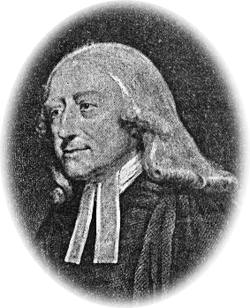| Part of a series on |
| Methodism |
|---|
 |
| |
Founded in 1889, the Epworth League is a Methodist young adult association for people aged 18 to 35. It had its beginning in Cleveland, Ohio, at its Central Methodist Church on May 14 and 15, 1889. There was also a Colored Epworth League. [1]
Contents
Before then, as many as five young people's organizations existed in the Methodist Episcopal church, such as the Methodist Alliance, claiming 20,000 members in 1883; the Oxford League, organized at the Methodist Centennial Conference with a large chapter at Central Methodist Church; and the Young People's Christian League. [2]
After discussions of a merger into a single body, 27 people gathered at Central Methodist to form the Epworth League and adopted a modified version of the constitution of the Oxford League and the motto of the Young People's Christian League, "Look Up, Lift Up." The league, which soon spread worldwide, divided its social service into six departments: Spiritual Life, Social Work, Literary Work, Correspondence, Mercy and Help, and Finance. Local chapters organized Fresh Air Work (day camps for city children), literary events, lecture series, and fellowship gatherings. [2]
At its conception, the purpose of the League was the promotion of intelligent and vital piety among the young people of the Church:
To encourage and cultivate Christ-centered character in young adults around the world through community building, missions, and spiritual growth.
The League takes its name from the village of Epworth in Lincolnshire, England, the birthplace of John Wesley and Charles Wesley. Its members are known as Epworthians.